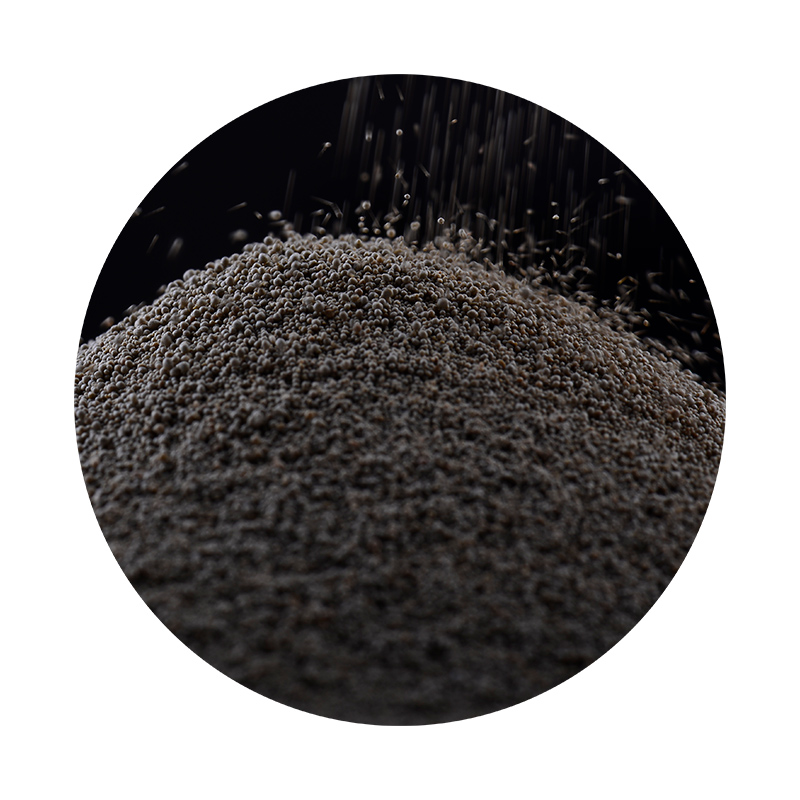The Importance of Resin and Sand Mix in Modern Construction
In the realms of construction and materials science, the blend of resin and sand has emerged as a vital component, particularly in the production of molded and cast materials. This innovative combination serves multiple purposes, ranging from improving the mechanical properties of the resulting products to enhancing their durability. This article explores the significance, applications, and benefits of the resin and sand mix in contemporary construction practices.
Understanding Resin and Sand Mix
Resin, a versatile organic compound, acts as a binding agent when combined with sand. The mix typically involves a thermosetting resin, which hardens upon curing, providing excellent structural integrity. Sand, on the other hand, is a widely available aggregate that lends bulk and weight to the mixture. When combined, resin and sand create a composite material that exhibits desirable characteristics such as resistance to abrasion, corrosion, and weathering. This makes the resin-sand mix particularly valuable in various construction applications.
Applications in Construction
The use of resin and sand mixes is prevalent in several areas of construction
1. Mold Making One of the primary applications of resin and sand mixes is in mold-making for casting metals. The sand serves as a filler, while the resin ensures that the mold maintains its shape during the casting process. This approach is common in industries producing metal parts and components, including automotive and aerospace manufacturing.
2. Composite Materials In the production of composite materials, the resin-sand mix is used to create durable panels, beams, and flooring systems. These composites are characterized by their lightweight nature and high strength, making them ideal for use in both residential and commercial buildings.
3. 3D Printing The advent of 3D printing technology has also seen the rise of resin-sand mixes in the fabrication of intricate designs and structures. The mix allows for precision in printing while ensuring that the final product retains strength and durability. This application is particularly beneficial in creating customized components efficiently.
resin and sand mix

4. Landscaping and Construction Accessories In landscaping, resin and sand mixes are utilized to produce decorative elements such as garden pathways, artificial rock formations, and artistic installations. The aesthetic appeal coupled with the robustness of the material makes it a preferred choice among designers and landscapers.
Advantages of Resin and Sand Mix
The incorporation of resin and sand in construction materials provides several advantages
- High Strength and Durability The bonding properties of resin enhance the overall strength of the sand mix, allowing for increased load-bearing capacities. This is particularly vital in structural applications where safety and longevity are paramount.
- Corrosion and Weather Resistance The resin acts as a protective barrier, shielding the sand from environmental factors such as moisture, UV radiation, and temperature fluctuations. This durability translates into lower maintenance costs over the lifespan of the product.
- Flexibility and Customization The versatility of resin and sand mixes permits various formulations tailored to specific project requirements. Whether it’s achieving a particular texture, color, or mechanical property, this mix can be adjusted to meet diverse construction needs.
- Cost-Effectiveness Given the abundant availability of sand and the potential for recycling certain resins, using a resin-sand mix can be a cost-effective solution in many construction scenarios. This practicality ensures that projects stay within budget while maintaining high-quality standards.
Conclusion
The resin and sand mix represents an essential innovation in modern construction methodologies. Its diverse applications, coupled with the significant advantages it offers, positions it as a material of choice in various sectors of the industry. As construction techniques continue to evolve, the synergy between resin and sand will undoubtedly play a key role in shaping the future of building materials and practices. The ability to blend sustainability with high performance makes this composite a standout option, ensuring it remains relevant for years to come.
Post time:Gru . 12, 2024 20:25
Next:types of sand used in sand casting
